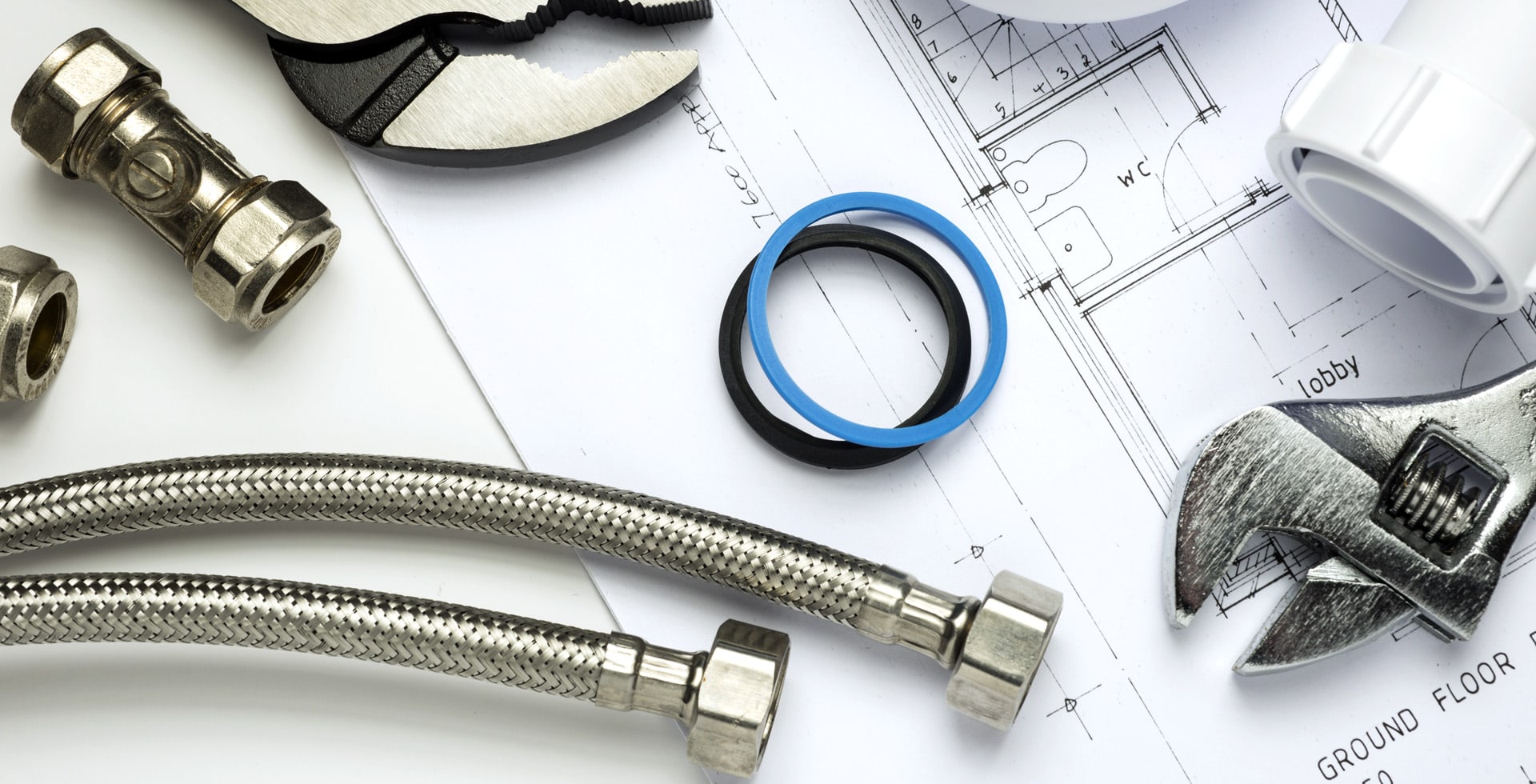Water damage can strike unexpectedly, leaving homeowners in East Irvine with a daunting cleanup task. Whether it’s due to a burst pipe, heavy rainfall, or a malfunctioning appliance, the aftermath can be overwhelming. But fear not! Understanding the process of water damage restoration is crucial for every homeowner. Not only does it restore your property, but it also prevents long-term damage and health hazards associated with mold and mildew. In this guide, we will delve into the essential steps involved in water damage restoration in East Irvine, equipping you with the knowledge to tackle this pressing issue effectively.
As a resident of East Irvine, you are in a region where water damage can occur due to various factors, including seasonal rains and the proximity to water bodies. Therefore, knowing how to address this problem can save you time, money, and stress. In the following sections, we will explore the detailed process of water damage restoration, the benefits of acting swiftly, and expert tips that will empower you to handle water-related incidents with confidence. Let’s dive into the world of water damage restoration and ensure your home remains a safe haven!
18 best water damage restoration in east irvine
Understanding Water Damage Restoration
Water damage restoration is a comprehensive process aimed at cleaning, repairing, and restoring properties affected by water intrusion. The first step in this process is to assess the extent of the damage. Professionals will typically categorize the water damage into three classes: clean water (from a supply line), grey water (from appliances), and black water (contaminated). This classification is essential as it determines the restoration methods and safety precautions needed.
The Restoration Process
Once the assessment is complete, the restoration process begins. Here are the primary steps involved in water damage restoration in East Irvine:
- Water Extraction: The first priority is to remove standing water. Specialized pumps and vacuums are used to extract water quickly and efficiently, minimizing damage.
- Drying and Dehumidification: After extraction, the area needs thorough drying. Industrial-grade fans and dehumidifiers are employed to ensure all moisture is removed, preventing mold growth.
- Cleaning and Sanitizing: All affected surfaces and belongings must be cleaned and sanitized. This step is vital to eliminate bacteria and prevent health risks.
- Restoration: The final step involves restoring the property to its pre-damage condition. This may include repairs to structures, repainting walls, and replacing flooring.
Benefits of Quick Response
Acting quickly when faced with water damage is crucial. A prompt response not only prevents further damage but also reduces the overall restoration costs. Delaying the restoration process can lead to mold growth within 24-48 hours, creating additional health risks for occupants. Moreover, insurance companies often favor timely reporting of damage, which can aid in the claims process.
Expert Tips for Homeowners
To further safeguard your property, consider these expert tips:
- Regular Inspections: Regularly check your plumbing and appliances for leaks or signs of wear.
- Invest in Quality Insurance: Make sure your homeowner’s insurance covers water damage scenarios specific to your area.
- Know Your Emergency Contacts: Have a list of local water damage restoration services handy for quick access during an emergency.
- Educate Your Family: Ensure that all household members are aware of how to respond in case of water damage, including shutting off main water valves.
By understanding the water damage restoration process and acting swiftly, residents of East Irvine can effectively manage water-related incidents, ensuring their homes remain safe and sound. Don’t wait until it’s too late; be proactive and protect your home from water damage!

